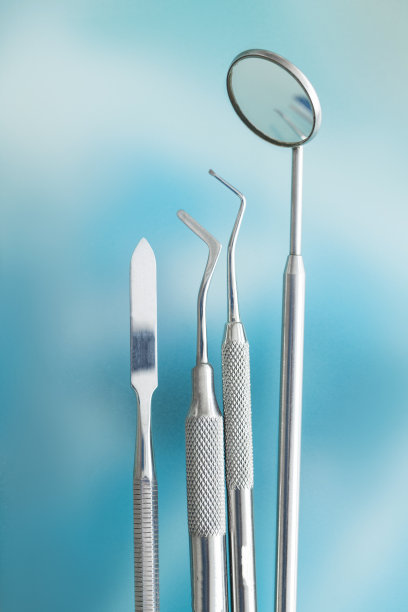Essential Precautions You Should Take Prior to Receiving a Dental Filling for Optimal Oral Health
Summary: Receiving a dental filling is a common dental procedure that is essential for maintaining optimal oral health. However, several important precautions should be taken prior to undergoing this treatment to ensure that both the procedure and the subsequent healing process are as smooth as possible. This article highlights essential precautions, including thorough communication with your dentist, understanding the type of filling materials available, ensuring your medical history is complete, and establishing a proper aftercare plan. By adhering to these precautions, patients can significantly improve their dental experience and reinforce their commitment to long-term oral health.
1. Effective Communication with Your Dentist

The foundation of any successful dental procedure lies in effective communication between you and your dentist. Before receiving a dental filling, it is crucial to discuss your dental history and any previous experiences related to dental treatments. Sharing details about any allergies or sensitivities to specific materials is equally important, as this will help the dentist choose the right filling that minimizes any risk.
Additionally, ask your dentist about the procedure itself. Understanding the steps involved in applying a dental filling can help alleviate any anxiety and pave the way for a more comfortable experience. Queries regarding pain management options during and after the procedure should also be addressed so that youre fully prepared.
Lastly, dont hesitate to voice any concerns related to the procedure or post-treatment discomfort. A good dentist will take the time to explain everything thoroughly and ensure that you feel confident moving forward.
2. Understanding Filling Materials Available
Modern dentistry offers various types of materials for dental fillings, including amalgam, composite resin, gold, and porcelain. Each of these materials has its advantages and drawbacks. Prior to your appointment, researching these options can help you make an informed decision about which material best suits your needs.
Amalgam fillings, typically made from a mixture of metals, are known for their longevity and durability. However, they are not as aesthetically pleasing as composite resin fillings, which blend better with natural tooth color. Knowledge about these materials will allow you to discuss your preferences with your dentist more effectively and select the most appropriate type for your situation.
Furthermore, inquire about any new technologies or advancements in filling materials that may enhance durability or aesthetic appeal. The more informed you are about your options, the better you can tailor your treatment to your personal preferences and oral health needs.
3. Providing Complete Medical History
Before receiving a dental filling, its crucial to provide your dentist with a complete account of your medical history. This encompasses identifying any existing medical conditions, current medications, and even lifestyle choices such as smoking or alcohol consumption. By offering this information, your dentist can evaluate any potential complications or interactions related to the filling material and the procedure itself.
For instance, individuals with compromised immune systems may need special precautions taken during their dental treatment, while others might require a preemptive antibiotic regimen. Having a complete medical history can also aid the dentist in prescribing the right pain management during recovery.
Make sure to update your dentist on any recent changes to your health, including allergies to medications or materials you may have developed. By ensuring that your medical history is accurate and up-to-date, you contribute to a safer and more successful dental filling procedure.
4. Establishing a Proper Aftercare Plan
Aftercare is a crucial yet often overlooked aspect of dental procedures. Once you leave the dentists office, it is essential to follow a structured aftercare plan to promote healing and ensure the longevity of the filling. This may include dietary recommendations and a schedule for follow-up visits to monitor the filling.
Be prepared to avoid certain foods and beverages that could compromise your newly filled teeth, particularly those that are sticky or hard. Additionally, maintaining a regular oral hygiene routine is vital. This includes gentle brushing and flossing techniques that wont disturb the filling but will keep the surrounding areas clean.
Finally, if any unexpected pain or sensitivity arises post-procedure, do not hesitate to contact your dentist for guidance. Prompt attention to post-treatment concerns can avert more significant problems down the line.
Summary:
Taking precautions before receiving a dental filling is essential for optimal oral health. Effective communication with your dentist, understanding available materials, providing a complete medical history, and establishing an aftercare plan are crucial steps that contribute to a successful experience. By being proactive and informed, patients can enhance their dental treatment and maintain better oral health overall.
This article is compiled by Vickong Dental and the content is for reference only.



